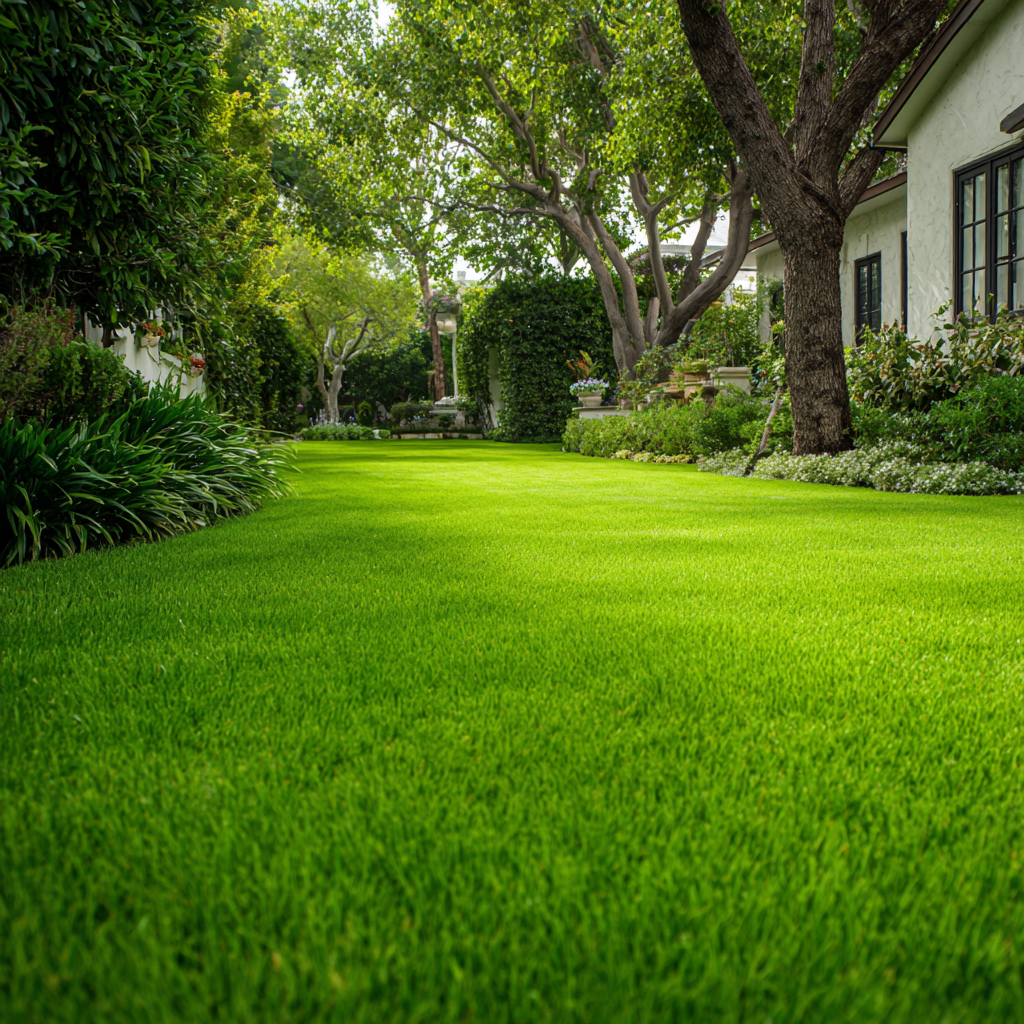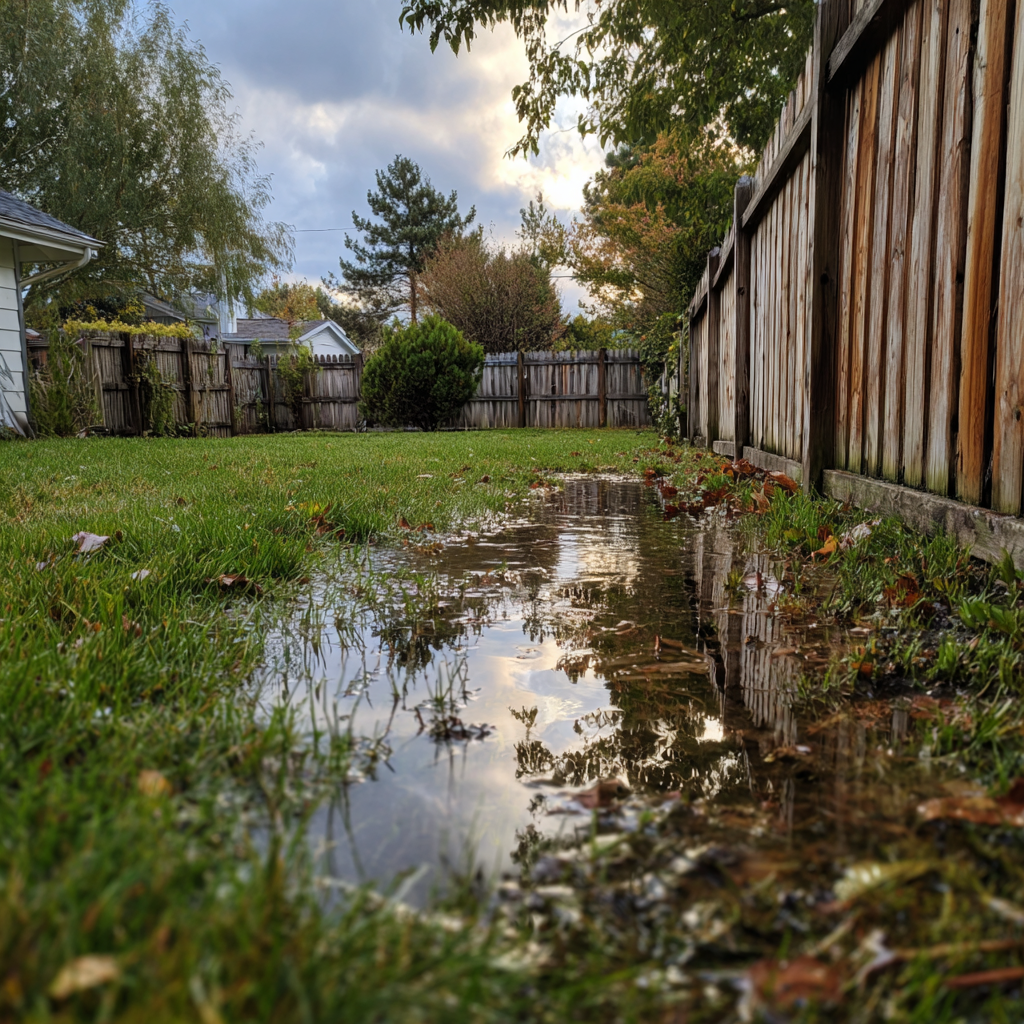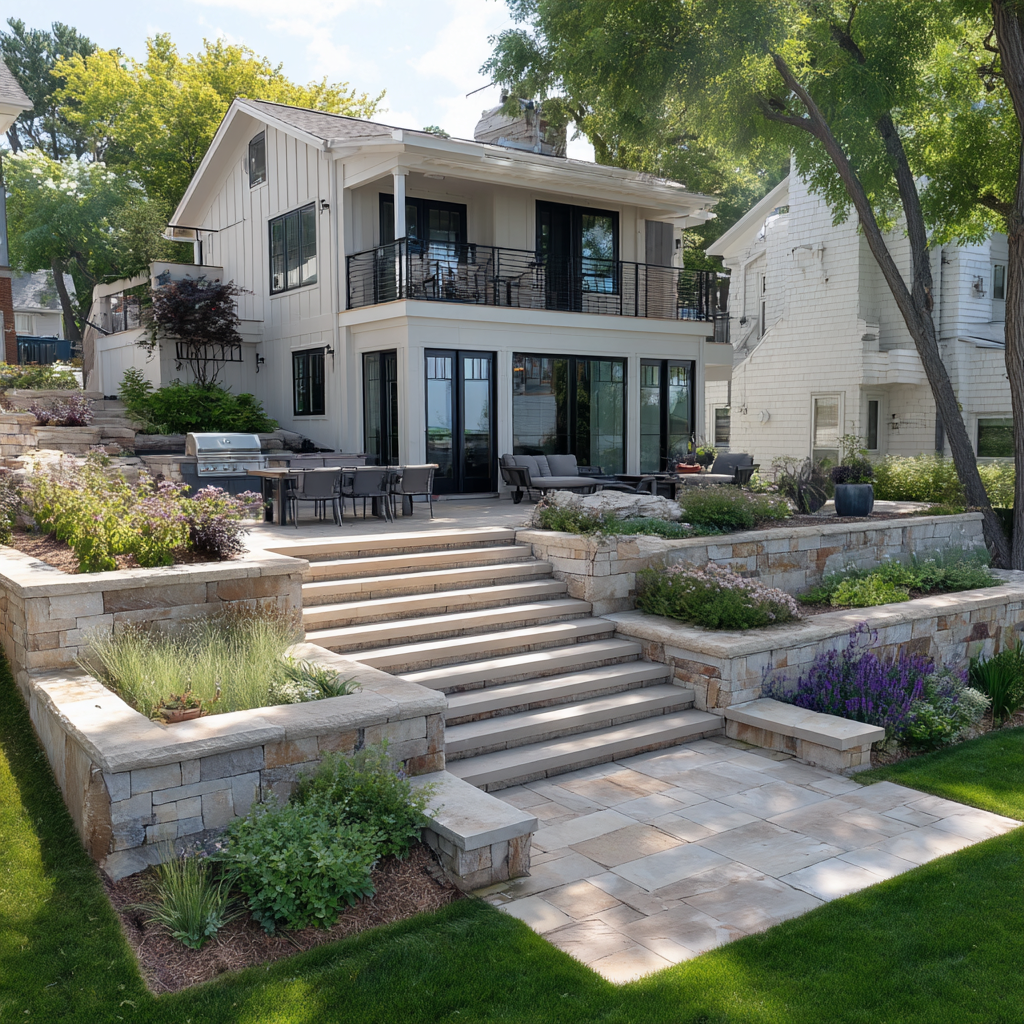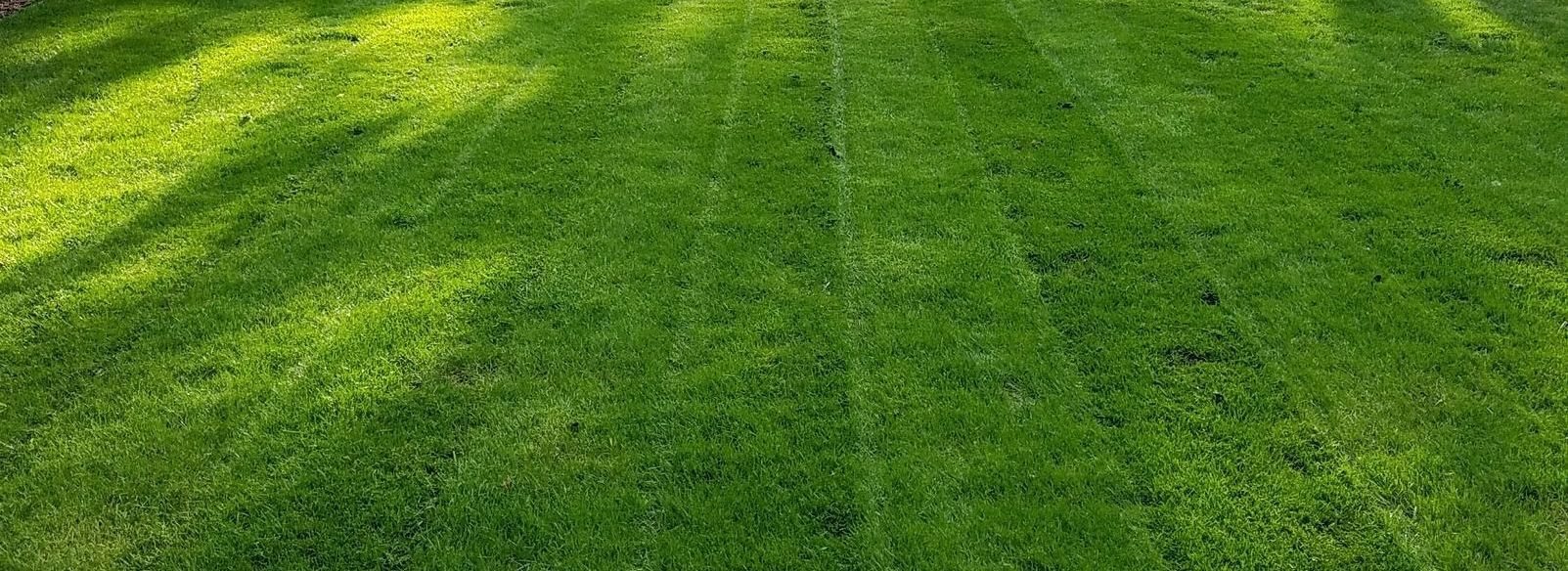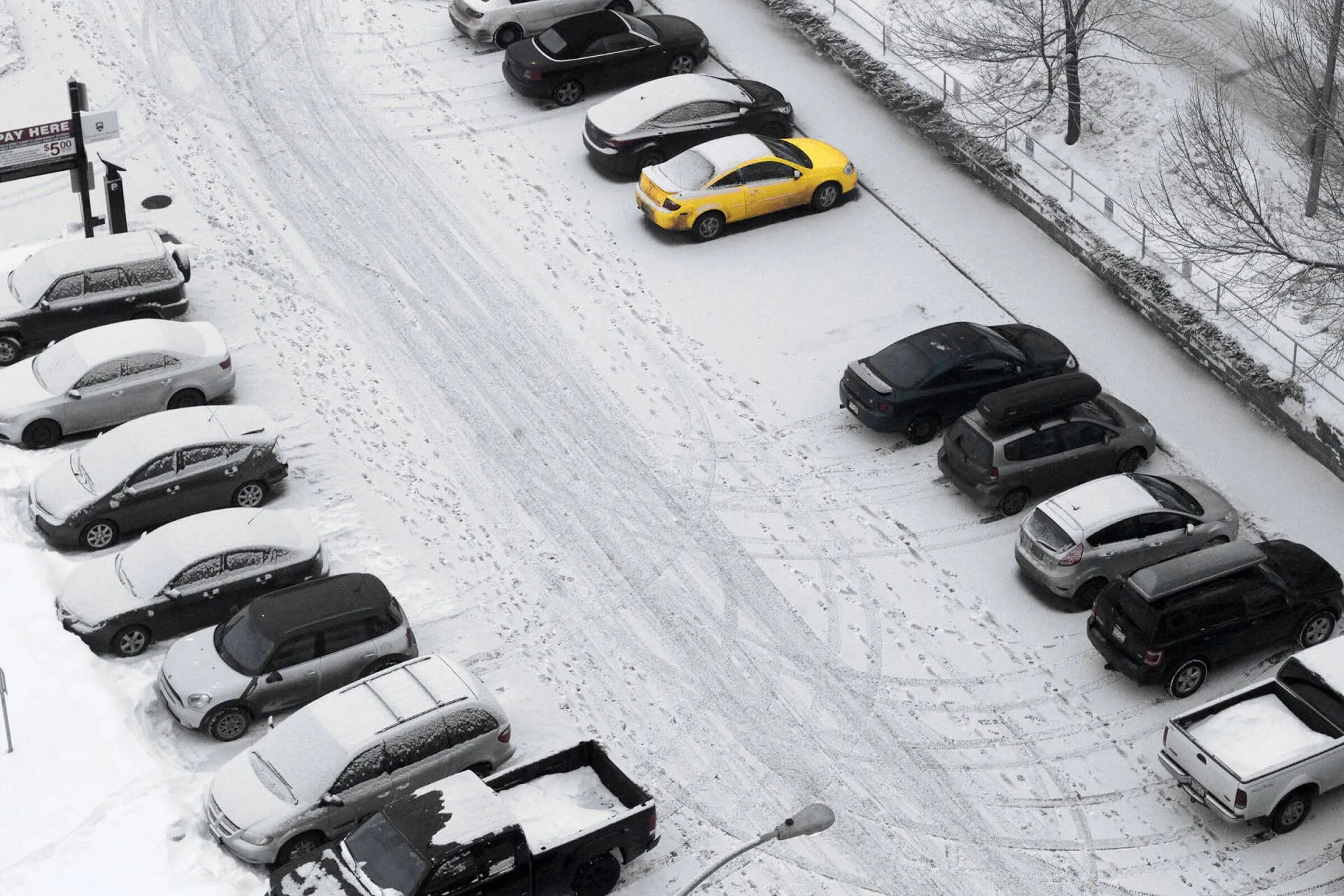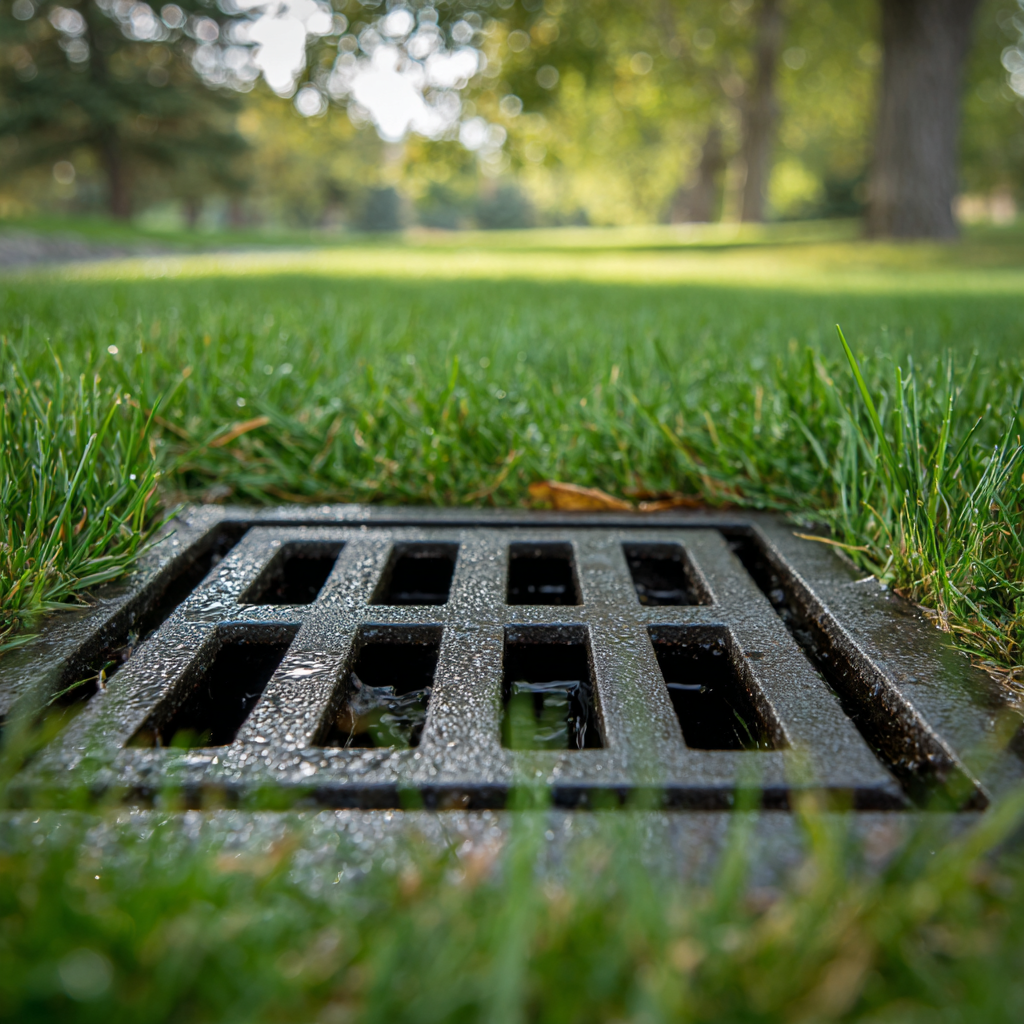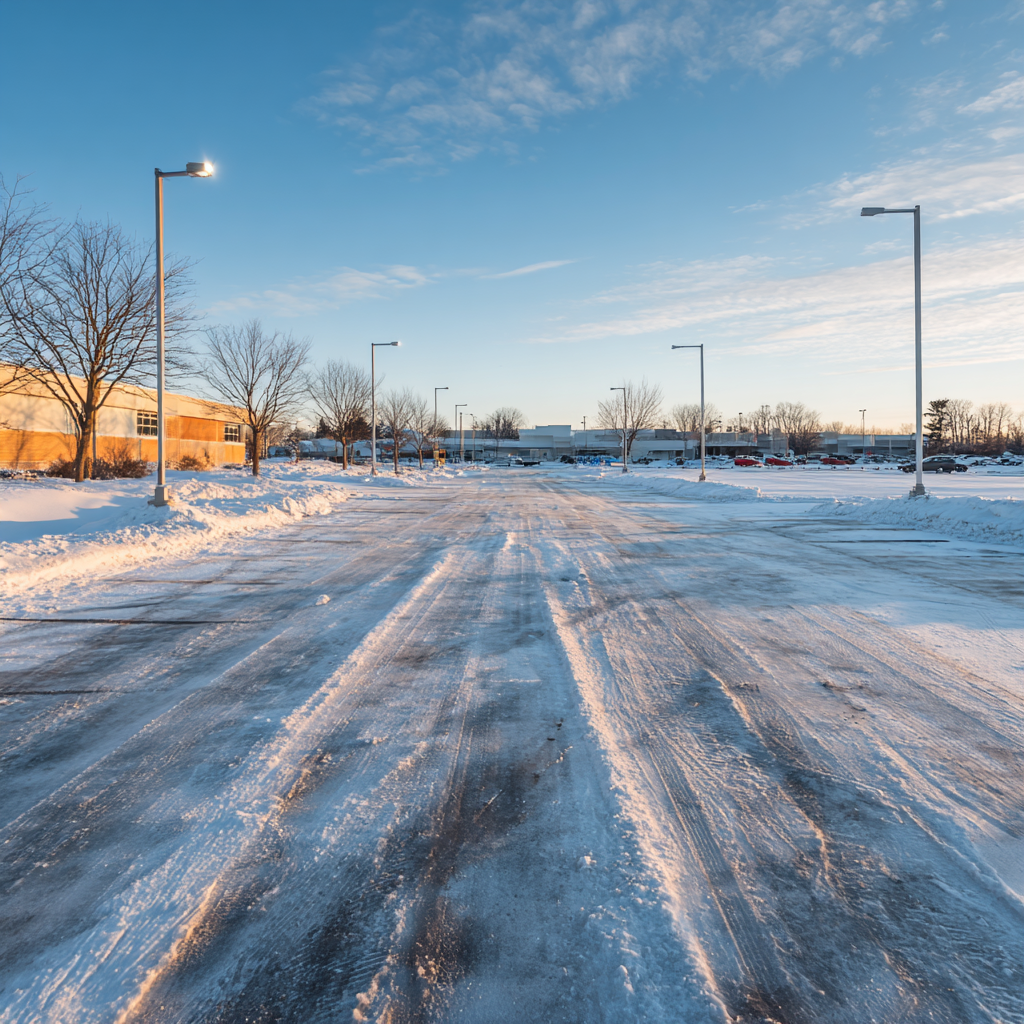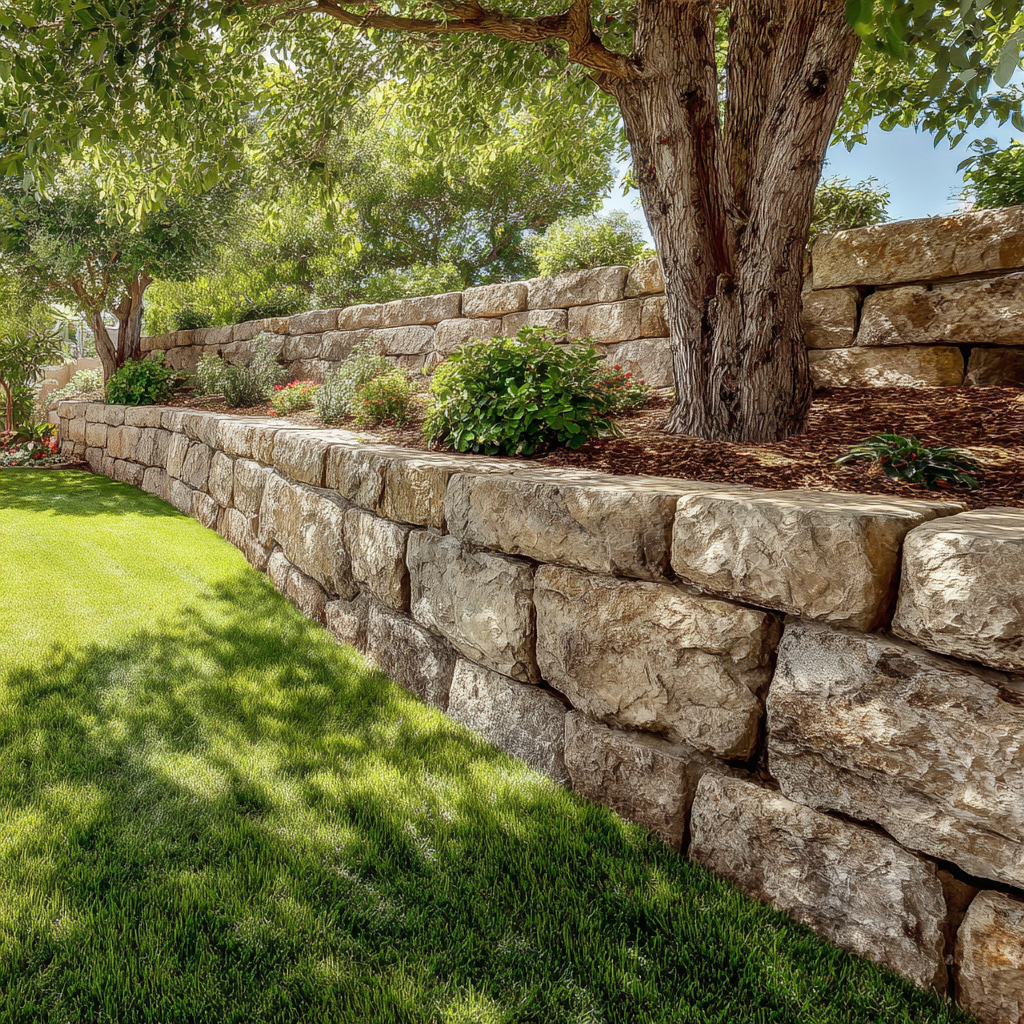Read This If Your Neighbor's Water is Flooding Your Yard in Edina, MN
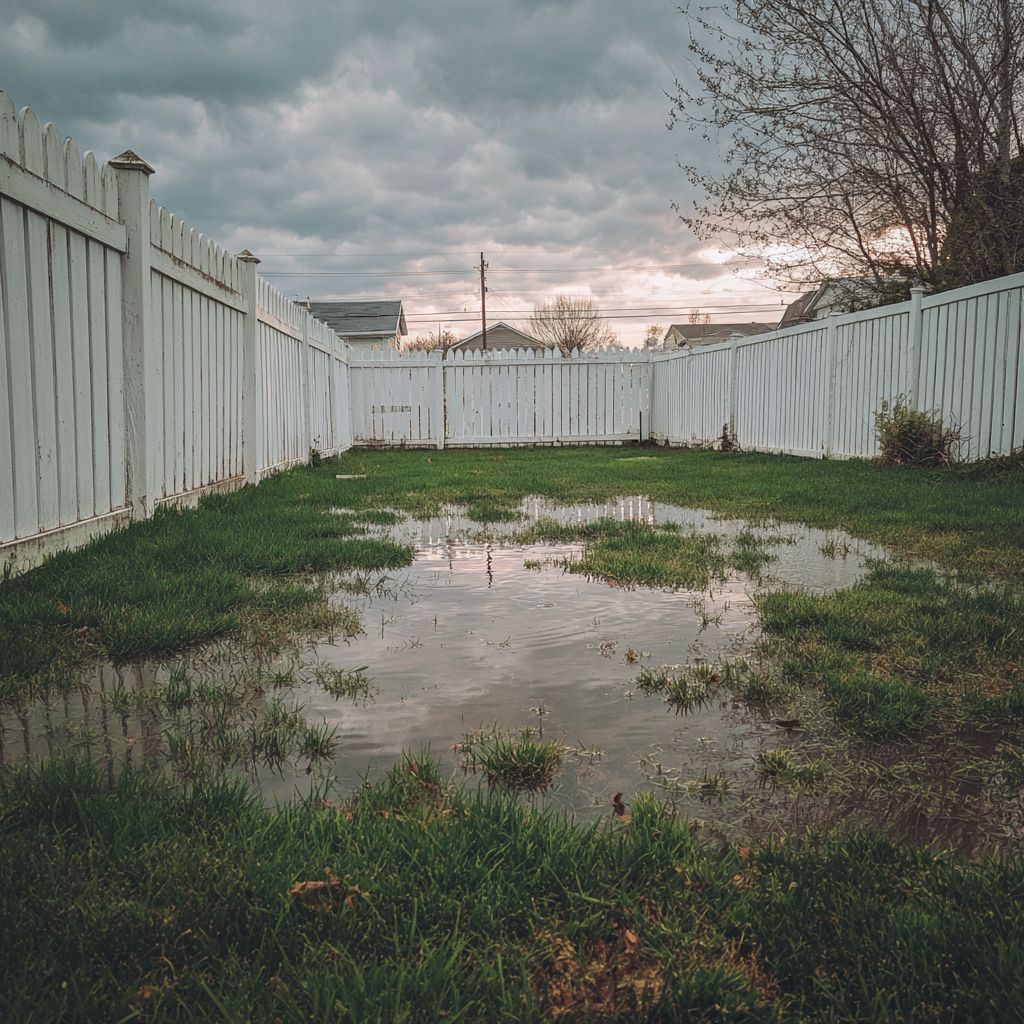
Your Neighbor's Water is Flooding Your Yard in Edina
You didn't cause this problem. You're not the one who graded their yard poorly, installed that massive patio, or redirected their downspouts toward the property line. But somehow, their water is now pooling in your lawn, killing your grass, and maybe even threatening your basement. And you're the one dealing with the consequences.
Let's get real about something: if your property sits lower than your neighbor's, water is coming your way. That's just gravity, and there's nothing you can do to change physics. However - and this is the important part - while you can't control the problem, you are in complete control of the solution. Working with professional yard drainage contractors who understand these situations means you can install drainage systems that manage or divert water draining into your lawn from neighboring properties, regardless of what your neighbor does or doesn't do about it.
The Critical Window Nobody Tells You About
Here's something most Edina homeowners don't know until it's too late: the absolute best time to address a neighbor's drainage problems affecting your yard is DURING CONSTRUCTION. Whether it's a large renovation project or a new build going up next door, these projects require permits from the city that need to be approved and eventually closed out before the project is considered complete.
Cities can hold these permits open in certain circumstances if drainage issues aren't being properly addressed. This may be your one and only opportunity for the city to step in between you and a builder or neighboring property owner to ensure they're actually responsible for fixing the water runoff problems their changes are causing in your yard. Miss this window, and you've likely missed your chance for any kind of official intervention that doesn't involve lawyers.
The Awkward Conversation (And Why It Usually Fails)
Before anything else escalates, you should talk to your neighbor - to the extent it can be done cordially. Simply asking them to redirect a downspout or adjust where their sump pump discharge line empties can be a great way to start addressing the issue. We get it though - these can be incredibly sensitive issues that turn neighborly relationships sour fast.
Sometimes a simple conversation actually works. Your neighbor might not even realize their water is causing drainage problems on your property. They might be completely willing to make a minor adjustment that reduces the water flows coming your way. It costs nothing to ask politely, and occasionally you'll find someone who genuinely wants to be a good neighbor and fix the situation.
But here's the reality from our many years of handling these situations: even well-intentioned neighbors rarely follow through with meaningful fixes. You need to be prepared for this outcome and have a backup plan that doesn't depend on their cooperation.
The Hard Truth About City Enforcement
This is where most homeowners think they'll find relief: "Can't the city make them fix this? There must be codes against flooding your neighbor's yard, right?" It's a reasonable assumption. Unfortunately, it's also wrong in most cases, and understanding this reality early will save you months of frustration.
Here's what we've learned in our many years working on drainage issues throughout Edina: it is extremely rare for cities to enforce their own codes or easements when it comes to how they affect neighboring properties. That's typically considered a civil matter between private property owners, not something the municipality wants to get involved in arbitrating and enforcing.
Even when drainage codes exist on the books - and they do - actual enforcement between neighbors almost never happens unless there's a clear violation of a specific easement or the situation is causing genuine property damage that's been extensively documented. The city might send someone out to look, they might agree that it's unfortunate, but they'll usually tell you it's between you and your neighbor to resolve. Set your expectations accordingly and move forward with solutions you can actually implement yourself.
The Expensive Mistake: Taking Your Neighbor to Court
The money and stress caused by going to court with your neighbors over water damage? That can be put to much better use just solving the issue and salvaging the neighborly relationship. Legal battles drain your wallet, consume your mental energy, and drag on for months or even years - often costing significantly more than drainage solutions would have cost in the first place.
Think about the actual math here. Attorney fees, court costs, expert witnesses, property surveys, engineering reports - you could easily spend $15,000 to $30,000 or more trying to legally force your neighbor to fix their drainage. That same money invested in proper systems on your own property solves the problem, stays under your management, and doesn't require your neighbor's cooperation or compliance at all.
But there's an even bigger cost that nobody talks about: the only thing worse than a neighbor's property causing water to flow into your basement is having a terrible relationship with your neighbor for many years to come. Home is supposed to be a special place where you find peace and comfort, not where you feel tension every time you see your neighbor outside mowing their lawn or getting their mail.
Legal action creates lasting animosity. Even if you "win" in court, you lose the ability to live peacefully in your own home. You'll see this person regularly. Your kids might play with their kids. You'll be at the same neighborhood gatherings. Is forcing them to install a $3,000 fix really worth years of awkward encounters and hostile relations? The answer is almost always no.
Smart Solutions That Don't Require Your Neighbor's Cooperation
Since you can ultimately only manage the water in your own lawn, the smart move is working on fixes entirely within your property that handle the drainage problems regardless of what's happening next door. This is where experienced drainage contractors who specialize in these neighbor water runoff situations make all the difference in both effectiveness and results.
French Drain Systems Along Property Lines
A French drain installed along your property boundary intercepts water before it causes problems throughout your yard. These underground drainage systems use perforated pipe surrounded by gravel to collect and channel water away efficiently and invisibly. The beauty of a properly designed French drain is that it captures water as it enters your property, before it has a chance to pool, create soggy areas, or flow toward your foundation. Once installed, it works 24/7 without any maintenance or cooperation from anyone else.
Catch Basins Strategically Placed
A catch basin positioned exactly where water enters your property collects runoff and redirects it into your drainage system before it can spread across your lawn. These work especially well in low spots where water naturally accumulates or at property line corners where water tends to concentrate as it flows downhill. We typically connect catch basins to underground piping that carries the water to an appropriate discharge location, creating a complete system that handles even heavy rainfall events without creating new landscape drainage problems elsewhere.
Channel Drains for Heavy Flow
When you're dealing with significant water flows from neighboring properties - not just occasional runoff but actual rivers of water during storms - channel drains provide a linear collection system that handles high volumes efficiently. These are essentially long, narrow drainage grates that intercept water across a broader area than a single catch basin can handle. They're particularly effective when a neighbor's driveway or large paved area is directing concentrated flows toward your property line.
Swales That Redirect Without Creating Drama
Properly graded swales can redirect water while maintaining good relationships with neighbors because they look like natural landscape features rather than obvious defensive barriers. These shallow, vegetated channels guide water along specific paths using gravity and gentle grading. When designed correctly as part of your overall landscape project, swales blend seamlessly with your existing yard while solving serious issues. They're especially effective in situations where you have some room to work with and want solutions that enhance rather than interrupt your landscape aesthetics.
Retaining Walls for Grade Changes
Sometimes the best solution involves changing elevations with retaining walls that not only solve drainage problems but enhance your property's appearance and usability overall. A well-placed retaining wall can literally change the game by creating a barrier that forces water to flow around rather than through problem areas. These become features that add value to your property while providing critical protection against water damage from neighbor runoff. They work particularly well in situations where there's a significant grade difference between properties.
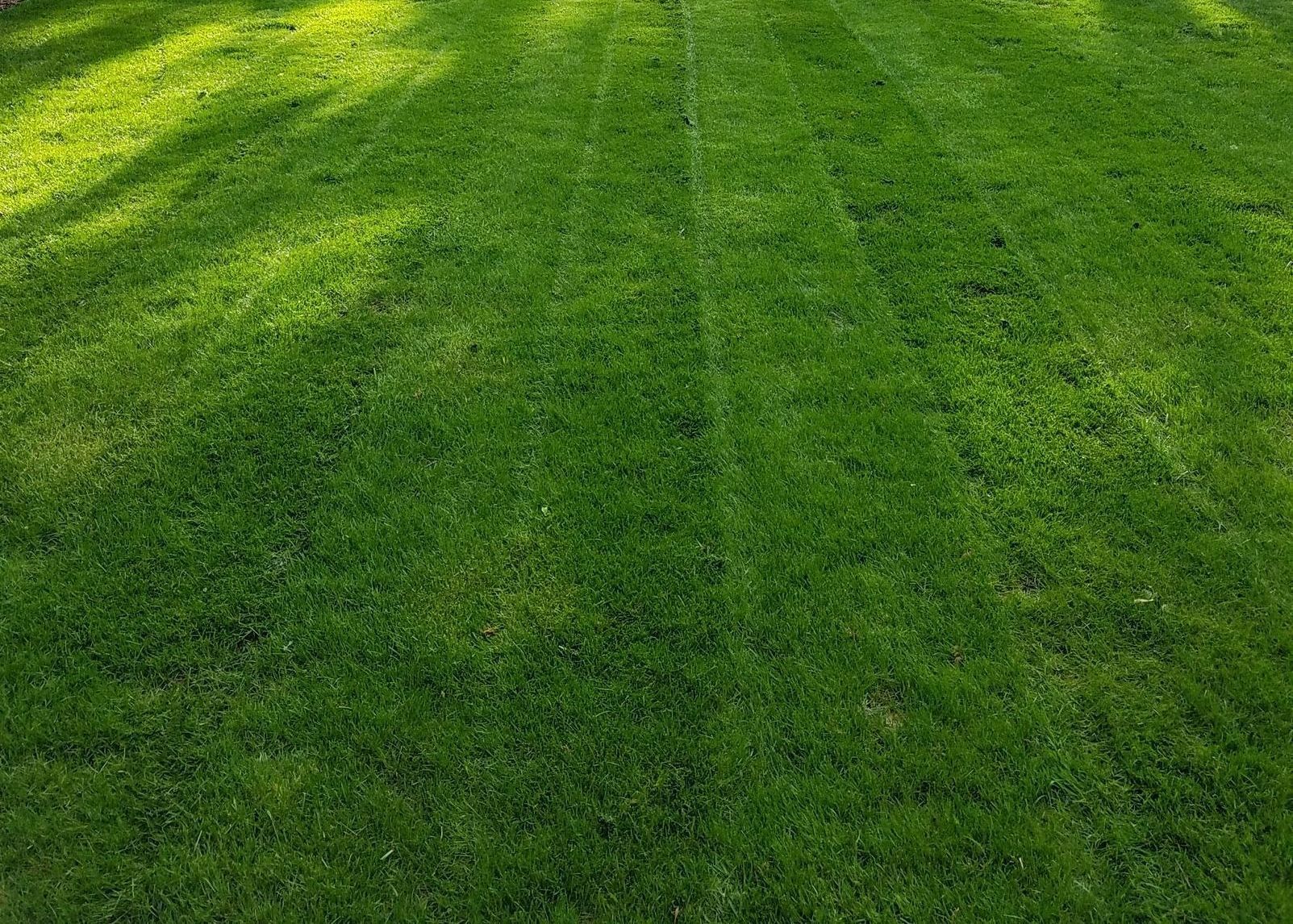
How We Approach Neighbor Water Problems
Every yard is different, and every neighbor water situation has unique factors that determine which types of drainage solutions will actually work long-term. That's why we start by assessing how water moves across your specific landscape - where it enters, where it accumulates, where it can be safely discharged, and what obstacles exist that need to be worked around.
This isn't the same as fixing your own gutter drainage or extending a downspout. You're dealing with water volumes you didn't create, arriving from angles you don't control, often concentrated in ways that wouldn't naturally occur. Professional drainage services bring expertise in handling these more complex situations where the water source is beyond your property line and the solution needs to intercept and manage flows that can vary dramatically based on weather conditions.
We design custom drainage systems that address your unique situation - whether that's a straightforward catch basin and pipe system or a comprehensive solution combining multiple approaches like French drains, surface grading, and strategic discharge points. Our goal is always the same: create a lasting fix that protects your yard from ongoing water damage and operates independently of what your neighbors do now or in the future.
Your Action Plan: From Frustrated to Fixed
Let's map out the practical steps to go from dealing with drainage issues to actually having them solved. This is the approach that works based on real experience with hundreds of these situations, not theory or wishful thinking about how neighbors and cities should behave.
Step 1: Document What's Happening
Before you talk to anyone or make any decisions, document everything. Take photos and videos of pooling water in your yard after rainfall. Note the dates, times, and how long water takes to drain. Measure how far the water extends from the property line. Document any damage to grass, plants, or structures. This serves multiple purposes - it helps contractors design appropriate solutions, provides evidence if you need to involve the city or legal system, and gives you objective data rather than emotional reactions when discussing the situation.
Step 2: The Neighbor Conversation (If the Relationship Can Handle It)
If you have a reasonably good relationship with your neighbor and believe they're approachable, have a brief, cordial conversation. Keep it simple and non-accusatory: "I wanted to let you know that water from your property is pooling in my yard after it rains. Would you be willing to redirect your downspout?" Don't go into this expecting miracles, but give them the opportunity to be neighborly. If they're responsive, great. If they're defensive or dismissive, don't push it.
Step 3: The City Call (Low Expectations, But Worth the Attempt)
Contact your city's building and inspection department to ask about drainage codes and whether they can help with suggestions. Be clear about what's happening and ask specifically if there are any active permits on the neighboring property. Don't expect them to solve this for you, but occasionally they'll offer helpful guidance or confirm whether any code violations exist.
Step 4: Professional Assessment and Real Solutions
Consult with yard drainage contractors who have specific experience with neighbor runoff situations. They'll assess your property, explain what's realistically achievable, and design solutions that work within your control. They should be able to show you examples of similar situations they've solved and provide a detailed plan with transparent pricing.
Step 5: Fix It Right, Move Forward, Reclaim Your Peace
Once you've made the decision to solve this on your property with a professional drainage system, commit to doing it right. Cutting corners or trying to save money with inadequate solutions just means you'll be dealing with this again. Invest in proper design, quality materials, and experienced installation. Then move forward with no bad blood between you and your neighbor.
Control What You Can Control
You can't change gravity. You can't force your neighbor to fix their property. You can't make the city enforce codes they rarely enforce. These are the realities, and fighting against them only wastes time and delays actually solving the drainage problems that are damaging your property right now.
What you CAN do is fix this with smart solutions designed specifically for your property. Take back your yard, protect your home from water damage, eliminate the standing water that's killing your grass and creating mosquito breeding grounds - all without depending on anyone else's cooperation or goodwill.
We've seen hundreds of these situations in Edina over the years. The homeowners who take action, invest in proper solutions, and move forward are the ones who look back six months later and wonder why they waited so long. The ones who spend months or years trying to force neighbors or cities to act are the ones who still have wet yards and elevated blood pressure.
Ready to solve your neighbor water runoff problem once and for all? Contact KG Landscape for an assessment of your property's drainage needs. We'll design a solution that works independently and protects your yard - no neighbor cooperation required.
Frequently Asked Questions
How much does it typically cost to install drainage solutions along a property line?
Property line drainage projects vary significantly based on the length of the area needing protection and the severity of water intrusion you're dealing with. A basic French drain system running 50 feet might range from $2,500 to $5,000, while more complex installations combining multiple catch basins, underground piping, and outlet solutions can run $8,000 to $15,000 or more. The investment depends on factors like soil conditions, depth requirements, existing landscaping that needs protection, and where the collected water can be discharged. The good news is that properly installed systems last decades and often increase property value by eliminating chronic wet areas, so you know exactly what you're investing in and why.
Can I legally block water coming from my neighbor's property?
Minnesota law generally follows the "common enemy doctrine" regarding surface water, meaning property owners can protect their land from water intrusion. However, you cannot deliberately redirect water in ways that significantly worsen conditions for neighboring properties. Your solutions need to stay on your property and handle water in reasonable ways - collecting it and dispersing it properly through drainage systems rather than simply pushing the problem elsewhere. You also cannot block natural drainage easements or waterways. The safest legal approach is installing solutions entirely within your property boundaries that collect and manage water without creating new problems for others. When done properly, these systems protect your property rights while avoiding potential liability issues that could arise from aggressive redirection methods.
What's the difference between handling neighbor runoff versus water from my own roof and yard?
The key difference is control and timing. With your own property's water, you control the sources - you can redirect downspouts, regrade around your foundation, and manage where water originates. With neighbor runoff, you're dealing with water that arrives at your property line already in motion, often in concentrated flows rather than distributed naturally. This typically requires interception systems like French drains or catch basins positioned specifically to capture water as it enters your property. You're also dealing with volumes you didn't create and cannot reduce at the source. Additionally, neighbor runoff often arrives at unfortunate angles or locations that wouldn't naturally occur from your own property's patterns, requiring more strategic placement of collection points and careful planning of discharge locations that don't create conflicts.
Will addressing drainage issues in my yard affect my property's landscaping significantly?
The impact on your existing landscaping depends entirely on which solutions best fit your situation and how we route the system. French drains typically require trenching that temporarily disrupts lawn and garden areas, but these heal relatively quickly - usually within a single growing season. Catch basins need excavation at specific points but have minimal footprint once installed and can often be positioned in less visible areas. Underground piping can often be routed beneath existing landscaping with minimal disturbance using experienced installation techniques. The reality is that some temporary disruption often leads to lasting improvement - eliminating chronically wet areas where nothing grows well anyway and creating better conditions for healthy landscaping overall. We always plan installations to minimize impact on mature trees, established gardens, and landscape features you want to preserve.
How do I know if my drainage problem requires professional help versus a DIY solution?
If you're dealing with occasional minor puddling in non-critical areas, DIY solutions like improving surface grading or extending a downspout might suffice. However, experienced drainage contractors become essential when you're facing persistent pooling that lasts more than 24 hours after rain, water entering your basement or crawl space, soggy areas where grass won't grow, or significant volumes of water arriving from neighboring properties. The complexity of properly designing systems that handle substantial water flows, determining correct pipe sizing and slope, identifying optimal discharge locations, and ensuring solutions won't fail during heavy rainfall events requires experience and expertise. Additionally, if property line issues are involved, having professionals design and install the system provides documentation and credibility if questions ever arise. When problems affect your home's foundation or create ongoing maintenance headaches, the cost of professional solutions is almost always less than the cumulative damage and frustration of inadequate DIY attempts.
